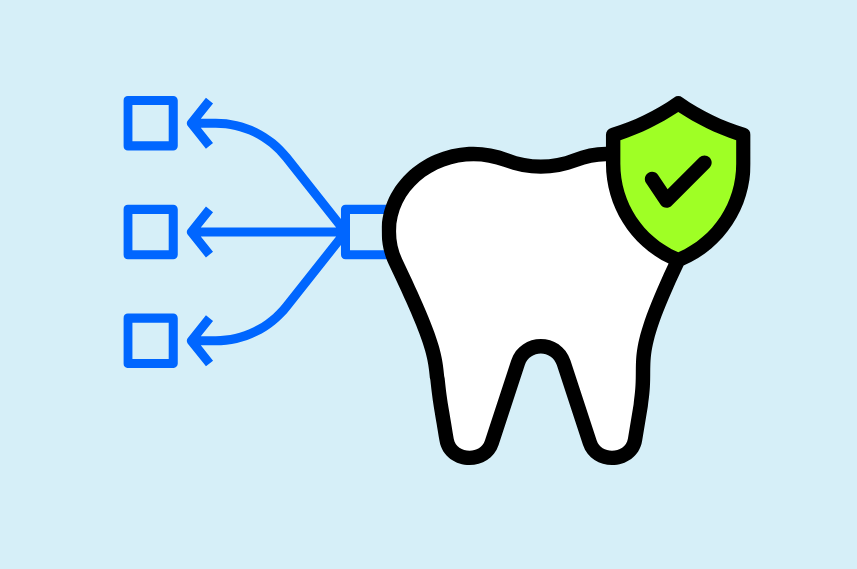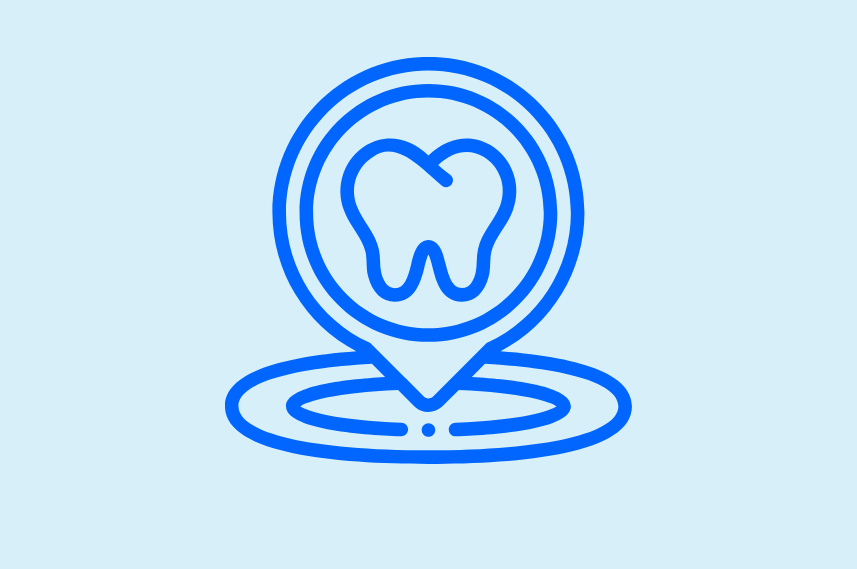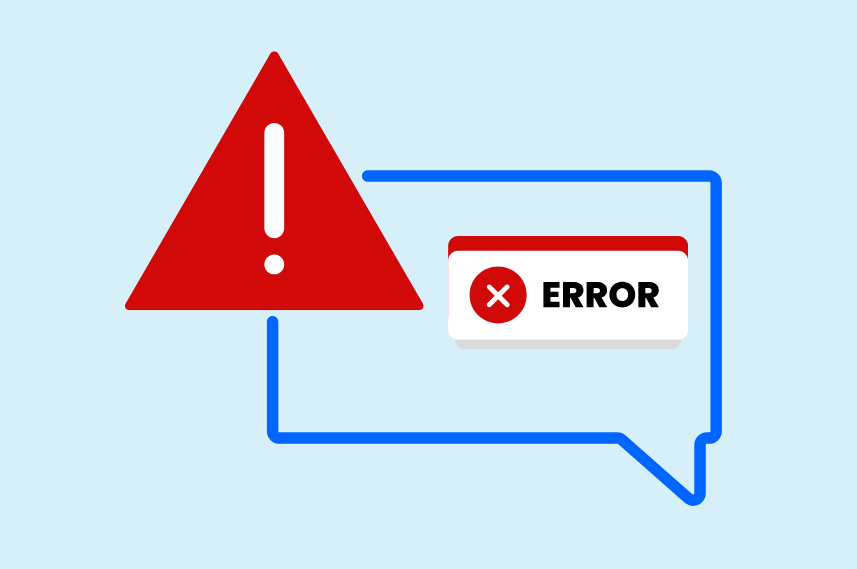With more patients turning to Google to find local dentist, local SEO for dentists has become a critical strategy for attracting new patients and growing your practice. Whether you’re a solo practitioner or part of a larger dental group, optimizing your online presence for local search can help you stand out in a competitive market.
Here, we’ll explore everything you need to know about local SEO for dentists, including actionable strategies, tips, and tools to help you dominate local search results. In the end of this article, you’ll have a clear roadmap to improve your online visibility, attract more local patients, and grow your dental practice.
What is Local SEO for Dentists?
Local SEO is the process of optimizing your online presence to attract more local customers. For dentists, this means ensuring your practice appears in local search results when potential patients search for terms like “dentist near me,” “emergency dentist in [city],” or “best family dentist in [location].”
Local SEO focuses on improving your visibility in Google’s Local Pack (the map and business listings that appear at the top of search results) and Google Maps. It also involves optimizing your website and online profiles to rank higher in local organic search results.
Why is Local SEO Important for Dentists?
Local SEO is crucial for dentists because most patients search for services like “dentist near me” or “emergency dentist in [city].” It helps your practice appear in Google Maps and local search results, increasing visibility to nearby patients. With higher intent to book appointments, local SEO drives more qualified leads and boosts your practice’s growth.
Patients Are Searching Locally
Over 80% of consumers use search engines to find local businesses, and dental practices are no exception. Patients are more likely to choose a dentist who is conveniently located and highly rated in local search results.
Competitive Advantage
Many dental practices are already investing in local SEO. If you’re not optimizing your online presence, you’re missing out on potential patients who are choosing your competitors instead.
Cost-Effective Marketing
Compared to traditional advertising methods like billboards or TV ads, local SEO is a cost-effective way to attract new patients. It targets people who are actively searching for dental services in your area.
Builds Trust and Credibility
A strong local SEO strategy helps establish your practice as a trusted authority in your community. Positive reviews, accurate business information, and a well-optimized website all contribute to building patient trust.

Key Components of Local SEO for Dentists
To succeed in local SEO, dentists need to focus on several key components. Let’s break them down:
1. Google My Business Optimization
Your Google My Business profile is the foundation of your local SEO strategy. It’s the first thing potential patients see when they search for a dentist in your area. Here’s how to optimize it:
- Claim and Verify Your Listing: Ensure your practice is listed on Google My Business and verify your ownership.
- Complete Your Profile: Fill out every section of your GMB profile, including your practice name, address, phone number, website, hours of operation, and services offered.
- Add High-Quality Photos: Upload professional photos of your office, staff, and services to make your profile more appealing.
- Encourage Reviews: Ask satisfied patients to leave positive reviews on your GMB profile. Respond to reviews promptly to show that you value patient feedback.
2. Local Keyword Research
To rank for local searches, you need to target the right keywords. Use tools like Google Keyword Planner, SEMrush, or Ahrefs to find relevant keywords for your dental practice. Focus on long-tail keywords that include your location, such as:
- “Dentist in [city]”
- “Emergency dentist near me”
- “Teeth whitening in [location]”
- “Family dentist in [city]”
- “Affordable dental implants in [location]”
3. On-Page SEO for Your Website
Your website is a critical part of your local SEO strategy. Optimize it by:
- Creating Location-Specific Pages: If you serve multiple locations, create dedicated pages for each city or neighborhood.
- Adding Local Keywords: Incorporate your target keywords naturally into your website content, meta descriptions, and headers.
- Optimizing for Mobile: Ensure your website is mobile-friendly, as many patients search for dentists on their smartphones.
- Improving Site Speed: A fast-loading website improves user experience and boosts your search rankings.
4. Local Citations and Directory Listings
Local citations are mentions of your practice’s name, address, and phone number (NAP) on other websites. Consistent and accurate citations help Google verify your business information. Some popular directories for dentists include:
- Yelp
- Healthgrades
- Zocdoc
- Yellow Pages
- Bing Places
5. Online Reviews and Reputation Management
Positive reviews not only build trust but also improve your local SEO rankings. Encourage patients to leave reviews on your GMB profile, Yelp, and other platforms. Respond to all reviews, both positive and negative, to show that you care about patient feedback.
6. Local Link Building
Backlinks from local websites can boost your local SEO efforts. Consider partnering with local businesses, sponsoring community events, or getting featured in local news outlets to earn high-quality backlinks.
7. Content Marketing for Dentists
Creating valuable content can help you attract more patients and improve your SEO. Consider writing blog posts on topics like:
- “5 Tips for Maintaining Healthy Teeth”
- “What to Expect During Your First Dental Visit”
- “The Benefits of Invisalign for Adults”
- “How to Choose the Right Dentist for Your Family”
8. Social Media Engagement
While social media doesn’t directly impact SEO, it can drive traffic to your website and improve your online visibility. Share your blog posts, patient testimonials, and special offers on platforms like Facebook, Instagram, and LinkedIn.

Advanced Local SEO Strategies for Dentists
Once you’ve mastered the basics, consider implementing these advanced strategies to take your local SEO to the next level:
Schema Markup
Adding schema markup to your website helps search engines understand your content better. For dentists, this could include information like your services, office hours, and patient reviews.
Voice Search Optimization
With the rise of voice assistants like Siri and Alexa, optimizing for voice search is becoming increasingly important. Focus on conversational keywords like “Where is the nearest dentist?” or “Who is the best dentist for kids in [city]?”
Localized Paid Advertising
Combine your local SEO efforts with localized paid ads on Google Ads or Facebook Ads. Target specific neighborhoods or demographics to attract more patients.
Track and Analyze Your Performance
Use tools like Google Analytics and Google Search Console to monitor your local SEO performance. Track metrics like website traffic, keyword rankings, and conversion rates to identify areas for improvement.

Common SEO Mistakes Dentists Should Avoid
When it comes to local SEO for dentists, even small mistakes can have a big impact on your online visibility and ability to attract new patients. One of the most common errors is inconsistent NAP (Name, Address, Phone Number) information across different platforms. Search engines rely on consistent and accurate business details to verify your practice’s legitimacy.
Another critical mistake is ignoring online reviews. In today’s digital world, patient reviews play a significant role in shaping your practice’s reputation. Negative reviews, if left unaddressed, can deter potential patients and harm your credibility. On the other hand, responding to reviews, both positive and negative shows that you value patient feedback and are committed to providing excellent care.
Neglecting mobile optimization is another pitfall that can cost you valuable patients. With the majority of local searches happening on mobile devices, having a mobile-friendly website is no longer optional, it’s essential. A website that isn’t optimized for mobile can frustrate users, increase bounce rates, and hurt your search rankings.
Many dentists also make the mistake of overlooking local keywords in their content. While it’s important to target general dental-related keywords, incorporating location-specific terms like “dentist in [city]” or “emergency dental care in [neighborhood]” is crucial for local SEO. These keywords help search engines understand where your practice is located and connect you with patients in your area.
Tools to Boost Your Local SEO Efforts
Here are some tools to help you implement and track your local SEO strategy:
- Google My Business: Manage your local business listing.
- Moz Local: Ensure consistent citations across directories.
- BrightLocal: Track local SEO performance and reviews.
- SEMrush: Conduct keyword research and competitor analysis.
- Canva: Create eye-catching visuals for your GMB profile and social media.
Conclusion
Local SEO is an ongoing process. Stay updated with the latest trends, monitor your performance, and continuously refine your strategy. With time and effort, you’ll see your dental practice rise to the top of local search results and enjoy a steady stream of new patients.




